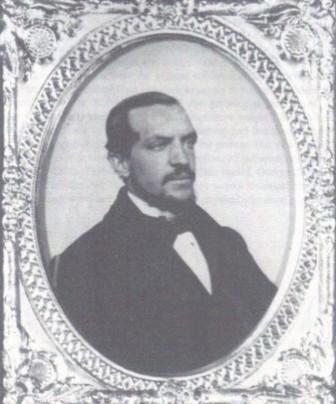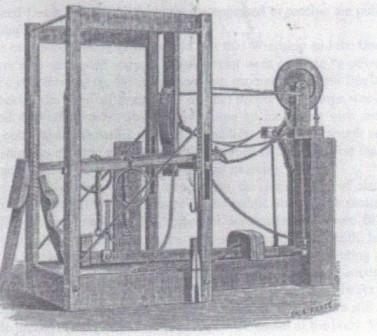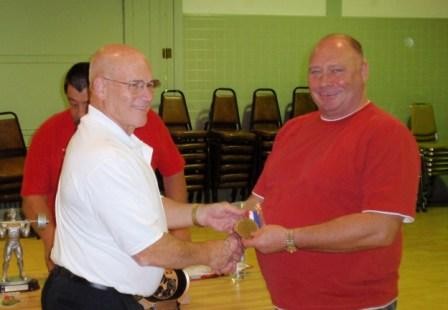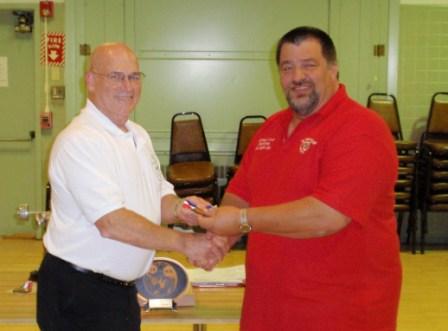USAWA National Championships
2010 USAWA NATIONAL CHAMPIONSHIPS
OFFICIAL ENTRY FORM
June 26th and 27th, 2010
Note: You must be a current USAWA member to compete
Closing Date : May 26, 2010
NAME__________________________________________
ADDRESS______________________________________
CITY_____________________STATE_____ ZIP_______
TELEPHONE____________________________________
E-MAIL_________________________________________
AGE__________ DATE OF BIRTH_____________
USAWA MEMBER: Yes / No
SHIRT SIZE___________________________
WEIGHT CLASS_________________________________
DIVISION ENTERING [age group: i.e. open & 40+]_____________________________
In consideration of your accepting my entry, I hereby release all claims for damages, losses, and injuries that I may hold against the USAWA., the Lebanon Senior Center, Meet Directors, all officials and assistants while taking part in the 2010 USAWA Championships Also I fully understand the USAWA drug testing policy and will fully avail myself if selected and not hinder the officials in the execution of their duties.
SIGNATURE______________________________
PARENT’S SIGNATURE [if under 18 years of age] _________________________
WILL YOU BE ATTENDING THE BANQUET? ______
IF YES – NUMBER ATTENDING ___________
The Banquet will be a picnic in Habecker’s back yard. Donations accepted.
Mail entry to Denny Habecker, 637 N. 11TH Ave., Lebanon, Pa. 17046
Schedule of Events
Venue : Lebanon Senior Center , 710 Maple St. Lebanon, Pa.
Weigh-ins : 7:30 A.M. to 8:30 A.M. –Saturday and Sunday
Lifting starts : 9:30 A.M.
Lifts :
Saturday – June 26, 2010
Vertical Bar Lift – 1 Bar, 2”, One Hand
Pullover and Push
Clean and Jerk – One Arm
Deadlift – Trap Bar
Sunday – June 27, 2010
Snatch – From Hang
Deadlift – One Arm
Clean and Press
Zercher Lift
Entry Fee – $50.00 [ $70.00 for 2 Divisions]
T-Shirt Included
Awards: 1st, 2nd, and 3rd in each weight class and
Age divisions for Masters, Juniors, and Women,
Based on total poundage lifted.
Best Lifter Awards for each age group in Masters,
Juniors, Senior [20-39], and Women by Formula
Entry Form pdf: 2010 USAWA NATIONAL CHAMPIONSHIPS



